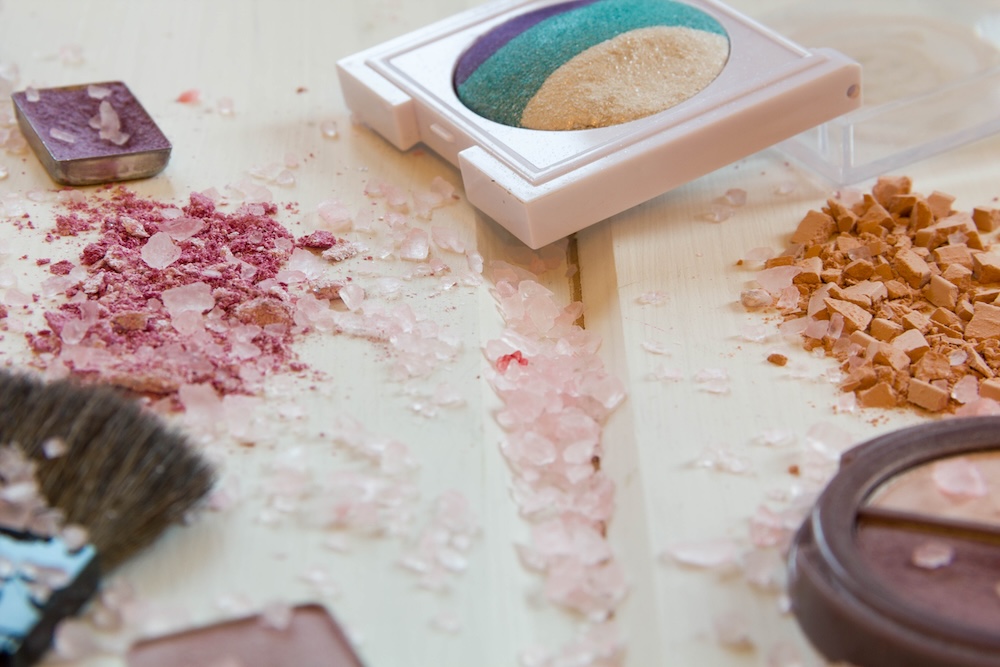What Are Compressed Powders?
Compressed powders are solid formulations of finely milled ingredients, compacted into pans or cakes and used in various makeup products such as foundation, blush, bronzer, eyeshadow, and setting powders. They offer convenience, portability, and longer shelf life compared to liquid or cream alternatives.
Despite their popularity, compressed powders can contain ingredients and additives that may have environmental and health impacts, especially when used frequently or when certain chemicals are involved.
Ingredients to Watch For
While not all compressed powders are harmful, many contain substances worth paying attention to:
- Talc: Commonly used as a base. Can be contaminated with asbestos if not properly purified.
- Mica: Adds shimmer and glow, but may raise ethical and environmental concerns (see our post on mica).
- Silicones: Used for smooth application but may persist in the environment.
- Preservatives: Like parabens, which are endocrine disruptors.
- Artificial Fragrances and Dyes: Can trigger sensitivities and allergic reactions.
Environmental Concerns
Packaging Waste
- Compressed powders are often packaged in plastic compacts, which are difficult to recycle due to mixed materials.
Production Impacts
- Mining and manufacturing ingredients like talc and mica contribute to habitat destruction, water pollution, and child labor concerns in some regions.
Microdust and Air Quality
- Applying powders can release fine particles into the air. These particles can be inhaled, potentially affecting indoor air quality.
Health Considerations
Inhalation Risks
- Loose or poorly pressed powders can produce dust.
- Inhalation of talc or mica particles may cause lung irritation, especially in poorly ventilated spaces.
Skin Sensitivities
- Some compressed powders include fragrances and synthetic dyes, which can trigger allergic reactions.
Long-Term Exposure
- Repeated use of powders with questionable ingredients may contribute to cumulative toxin exposure over time.
Choosing Cleaner Alternatives
If you love the convenience of compressed powders, here are tips for choosing safer, more sustainable options:
- Look for certified organic or natural labels
- Choose products that are fragrance-free and dye-free
- Buy from brands that commit to ethical mica sourcing
- Consider powders that use recycled or refillable packaging
- Opt for plant-based or clay-based ingredients
FAQs
Are compressed powders better than loose powders?
They are less messy and more portable, but both can carry similar ingredient risks.
Can compressed powders clog pores?
Yes—especially those with silicones or synthetic binders.
How do I know if a powder is safe?
Check the ingredient list, avoid artificial dyes/fragrances, and research the brand’s sourcing and sustainability practices.
Are there zero-waste options?
Yes, some eco-conscious brands offer refillable metal tins or cardboard packaging.
Final Thoughts
Compressed powders are a beauty staple, but not all are created equal. The convenience they offer can come with hidden health and environmental trade-offs. By choosing safer ingredients and supporting sustainable brands, you can enjoy your glow guilt-free—knowing your choices support both your skin and the planet.









Reader Interactions